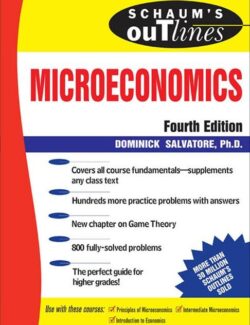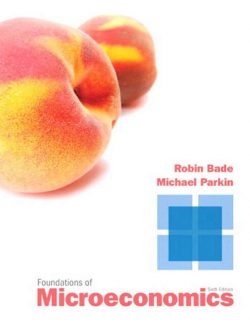Description
Tough Test Questions? Missed Lectures? Not Enough Time? Fortunately for you, there’s Schaum’s Outlines. More than 40 million students have trusted Schaum’s to help them succeed in the classroom and on exams. Schaum’s is the key to faster learning and higher grades in every subject. Each Outline presents all the essential course information in an easy-to-follow, topic-by-topic format. You also get hundreds of examples, solved problems, and practice exercises to test your skills.
View more













Leave us a comment
No Comments